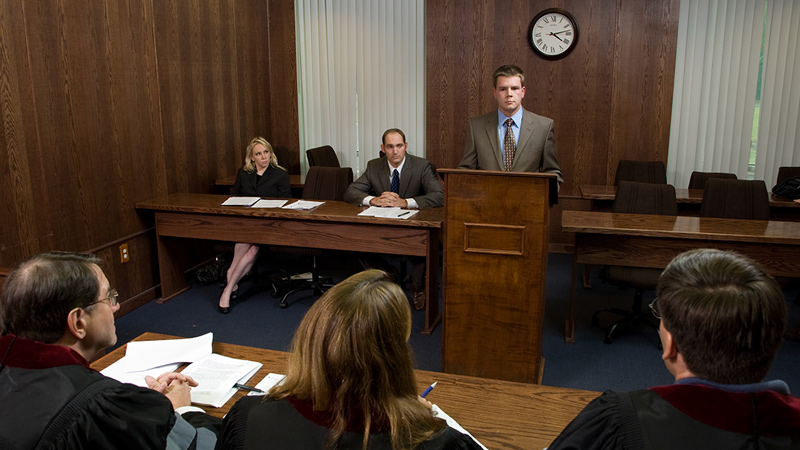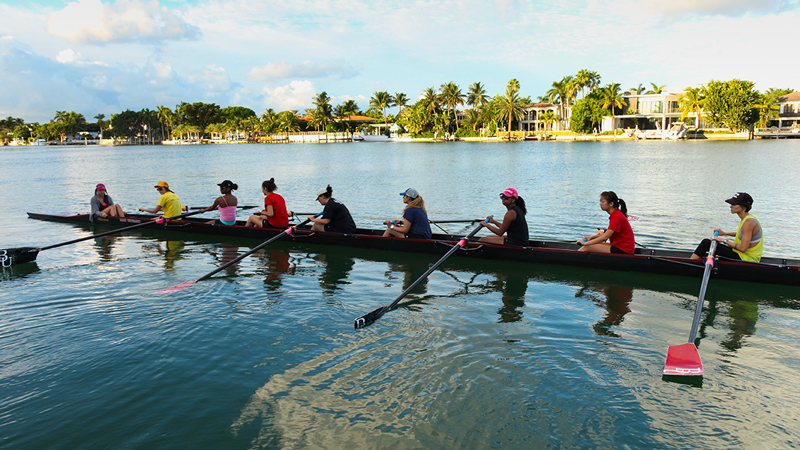Learning the hurricane warning messages and planning ahead can reduce the chances of injury or major property damage.
Plan an evacuation route.
Contact the local emergency management office or American Red Cross chapter, and ask for the community hurricane preparedness plan. This plan should include information on the safest evacuation routes and nearby shelters.
Learn safe routes inland.
Be ready to drive 20 to 50 miles inland to locate a safe place.
Have disaster supplies on hand.
- Flashlight and extra batteries
- Portable, battery-operated radio and extra batteries
- First aid kit and manual
- Emergency food and water
- Non electric can opener
- Essential medicines
- Cash and credit cards
- Sturdy shoes
Make arrangements for pets.
Pets may not be allowed into emergency shelters for health and space reasons. Contact your local humane society for information on local animal shelters.
Make sure that all family members know how to respond after a hurricane.
Teach family members how and when to turn off gas, electricity, and water.
Teach children how and when to call 9-1-1, police, or fire department and which radio station to tune to for emergency information.
Protect your windows.
Permanent shutters are the best protection. A lower-cost approach is to put up plywood panels. Use 1/2 inch plywood--marine plywood is best--cut to fit each window. Remember to mark which board fits which window. Pre-drill holes every 18 inches for screws. Do this long before the storm.
Trim back dead or weak branches from trees.
Check into flood insurance. You can find out about the National Flood Insurance Program through your local insurance agent or emergency management office.
There is normally a 30-day waiting period before a new policy becomes effective. Homeowners polices do not cover damage from the flooding that accompanies a hurricane.
Develop an emergency communication plan.
In case family members are separated from one another during a disaster (a real possibility during the day when adults are at work and children are at school), have a plan for getting back together.
Ask an out-of-state relative or friend to serve as the "family contact." After a disaster, it's often easier to call long distance. Make sure everyone in the family knows the name, address, and phone number of the contact person.
Hurricane Watches and Warnings - A hurricane watch is issued when there is a threat of hurricane conditions within 24-36 hours. A hurricane warning is issued when hurricane conditions (winds of 74 miles per hour or greater, or dangerously high water and rough seas) are expected in 24 hours or less.













